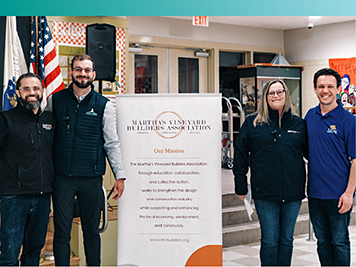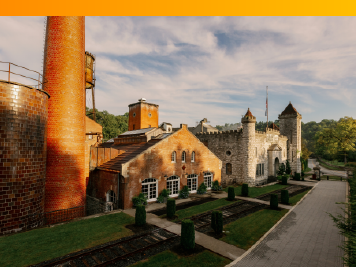A number of craft brewers had started working with Simcoe as early as 1999, before it had even been named. Russian River Brewing Company used it in its Pliny the Elder, one of the most celebrated IPAs in craft beer history. America’s giant lager breweries may not have appreciated Simcoe, but the craft brew world was singing its praises.
In 2003, Select Botanicals—now rebranded as Yakima Chief Ranches—partnered with another private hop breeding company, John I. Haas, Inc., to form a new entity, The Hop Breeding Company. It went on to create the two most popular hops of the last decade: Citra and Mosaic. Having learned the hop breeding science from Chuck Zimmerman, Jason Perrault serves as one of two head hop breeder.
Though the shift to aromatic hops looks like a no-brainer decision now, it would have been less obvious at the time. However, the craft brew industry was poised to explode.
Consider this: In 1996, there were fewer than 1,000 breweries in the United States. Today, the number approaches 10,000.
By 2006, and nearly all U.S. breweries had shifted their focus to new and aromatic hops. This, coupled with a disastrous European growing season that would choke the global hops supply allowed Yakima Valley growers to finally get a leg up.
“The price spiked, and we were able to, at that point, lick our proverbial financial wounds,” Perrault explains.
These events didn’t just save Perrault Farms and the Yakima hops industry—hop farmers entered a new Golden Age. The demand for exciting new hop varieties continued to rise, and in Yakima, this growth translated to peak seasons planting hops on more than 40,000 acres and seeing prices reach $6 per pound, as tracked by Hop Growers of America. The organization also recorded a drastic shift in which type of hops Yakima was growing. In 2007, roughly two-thirds of its output were alpha hops. By 2017, about three-quarters of its crops were aroma hops.
And the annual value of the hops industry has since ballooned to more than $600 million.
“We’ve seen an unprecedented period of time here—a perfect storm of craft beer, and a beer drinking consumer that loves flavor, and novelty, and creativity,” Perrault acknowledges.
With modesty characteristic of Yakima’s hop farming families, he adds, “We’ve been able to capitalize on that success and build some stability that hopefully will carry us forward for at least another generation.”
Planning For the Future
Even amid the boom, Yakima’s hop farmers remember the lessons of those bust years and have found myriad ways to reinvest their profits to brace against the next down cycle.
“You don’t want to be doing ten years of not updating, because then you’re really behind,” explains Gary Morford. Even as the lifelong farmer reflects on the history of his family, and of his homespun industry, he’s always thinking about the future. “You’ve got to be on the forefront,” he insists. “It never stops.”
That can mean upgrading equipment to increase growing capacity, updating irrigation practices to hedge against water rationing, or finding new hop varieties to grow. Green Acre produces upwards of 20 types these days.
Back in 2000, the Morfords invested in a hop-breeding operation. They partnered with another multigenerational Yakima hop farm, Roy Farms, to form what is now called Latitude 46. It’s been responsible for the popular aromatic hops Azacca and Summit, plus a newer variety called Adeena.
More recently, Latitude 46 has adjusted its focus. Now, it’s developing varieties ready to face challenges threatening hop farmers. That means creating disease resistant hops and varieties that can adapt to different growing regions and climate conditions. Similar efforts are being made by The Hop Breeding Company.
The folks at Green Acre are optimistic about the future, both of the family farm and the Yakima Valley.
“I’m usually a guy that sees a glass as more than half full,” says Morford. “Andrew’s got two sons that are pretty young, so we’re a long ways from the fifth generation. But we hope they’ll take care of the soil and land, as we preach. And we’ve got to take care of it—and take care of the people in the community.”
Learn more about Marsh McLennan Agency’s Agribusiness Services.
To read more articles, explore our LIMITLESS Magazine.



